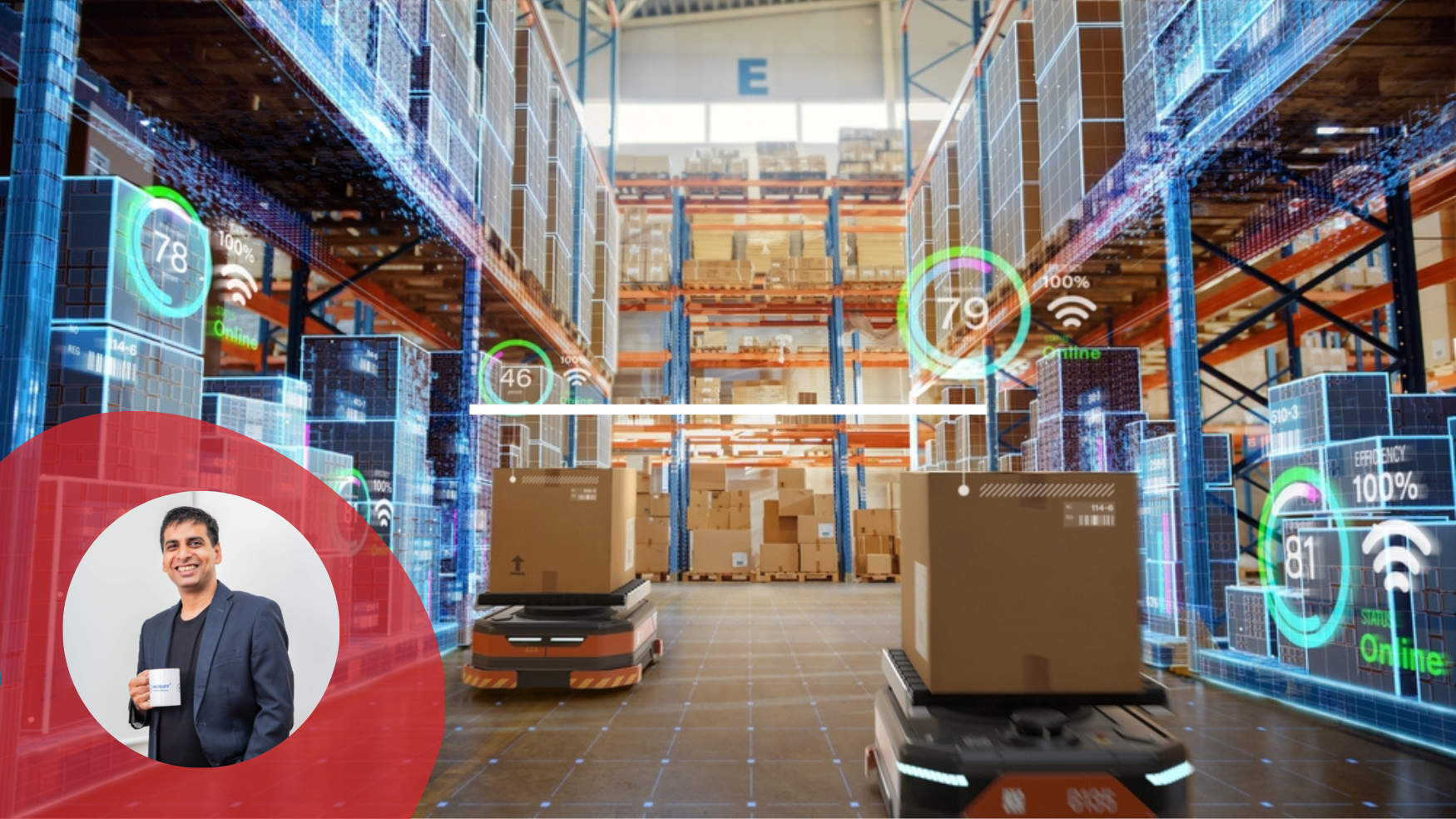
Implementation of Smart Warehouse in Community Centers
Resilienceapac – The logistics industry is evolving rapidly. Across many regions, the implementation of smart warehouse in community centers has become a key initiative to improve efficiency and support local economies. This innovation combines digital technology and automation to help communities manage storage and distribution more effectively.
In addition, the implementation of smart warehouse in community centers creates new economic opportunities. Because of that, it is now considered an essential step toward building a more sustainable and independent logistics ecosystem for local communities.
In the past, most community warehouses relied on manual systems. These traditional methods often led to slow operations and inventory errors. However, today, the implementation of smart warehouse in community centers has completely changed the way goods are managed. With digital tracking systems, every item can be monitored in real time and updated automatically.
Moreover, transparency becomes easier to achieve because all parties can access the same data instantly. As a result, efficiency increases, and mistakes can be reduced significantly. In turn, this builds greater trust in local supply chains and strengthens community participation.
Technologies like the Internet of Things (IoT) and Artificial Intelligence (AI) play a major role in this transformation. IoT sensors monitor temperature, humidity, and storage conditions, while AI analyzes data to determine the ideal stock levels and predict demand trends.
Besides improving monitoring accuracy, AI-based systems help communities make faster and smarter decisions. Therefore, the implementation of smart warehouse in community centers helps minimize delays, optimize space, and reduce waste.
One of the most important benefits of this system is the dramatic increase in operational efficiency. Through automation, heavy manual labor can be replaced with faster, safer digital processes. Furthermore, these technologies help reduce overall logistics costs while maintaining consistent productivity.
In addition, digital documentation simplifies audits and reduces the risk of data loss. Because of that, the implementation of smart warehouse in community centers is seen as a smart investment for regions aiming to modernize logistics without large-scale infrastructure spending.
The implementation of smart warehouse in community centers also provides direct economic benefits. Local small and medium enterprises (SMEs) can store, manage, and deliver their products more efficiently. Moreover, digital systems create new job opportunities for local residents, especially in the areas of data management, maintenance, and warehouse automation.
This means the initiative is not just about technology—it’s about empowering communities. Consequently, people gain new skills and access to modern logistics systems that strengthen the local economy.
During emergencies or natural disasters, logistics systems are often disrupted. In such situations, the implementation of smart warehouse in community centers can make a huge difference. Automated systems can prioritize essential supplies and track which regions need help the most.
Additionally, IoT sensors ensure that sensitive goods like food and medicine are stored safely. As a result, aid distribution becomes faster, more efficient, and more reliable during critical times.
Although the idea of smart warehouses sounds ideal, some remote communities face infrastructure challenges. However, solutions like edge computing make it possible for warehouses to operate even without a stable internet connection.
Furthermore, training and local capacity building are vital for long-term success. With the right education and technical support, residents can learn to manage and maintain these systems independently. Because of that, collaboration between government agencies and local institutions is essential to scale this innovation nationwide.
Technology alone cannot guarantee success without active community involvement. Therefore, community participation is a critical element of the implementation of smart warehouse in community centers. Residents can contribute to monitoring, data management, and even technical maintenance.
As a result, the sense of ownership grows stronger. Over time, this shared responsibility helps ensure that the system remains operational, sustainable, and beneficial for the entire community.
The success of the implementation of smart warehouse in community centers depends on collaboration. Governments can provide regulations, policy support, and infrastructure, while private companies contribute funding, software, and equipment.
In addition, partnerships with universities and training institutions help communities understand and apply digital warehouse technologies more effectively. With strong cooperation, implementation becomes faster and more impactful across multiple regions.
Looking ahead, the implementation of smart warehouse in community centers will continue to expand. New technologies such as drones, blockchain, and advanced analytics will enhance speed, security, and connectivity.
Furthermore, the system could evolve into a broader logistics network connecting multiple communities. This will not only improve distribution efficiency but also promote balanced economic growth across regions.
The implementation of smart warehouse in community centers is an exciting and evergreen topic. It connects technology, economy, and community development into one powerful narrative. Moreover, it aligns perfectly with national digital transformation goals.
Because of that, this subject has strong potential for continuous content creation. Related articles could include “The Role of IoT in Smart Warehousing” or “How Digital Warehouses Empower Local Economies.” Each of these topics can form a valuable content cluster to boost SEO performance and reader engagement.
What is the main function of a smart warehouse in a community?
It manages storage and distribution using automated systems to speed up logistics and reduce errors.
Is the technology easy to use?
Yes. Most systems are designed with simple, user-friendly interfaces for beginners.
How does it benefit local businesses?
It helps small enterprises deliver products faster and reduce storage costs.
Can it be implemented in rural areas?
Absolutely. Smart warehouses can operate in offline or hybrid modes to handle areas with weak internet coverage.
Is it expensive to build?
Not necessarily. Many public–private partnership programs offer funding and technical support for community-level projects.
This website uses cookies.